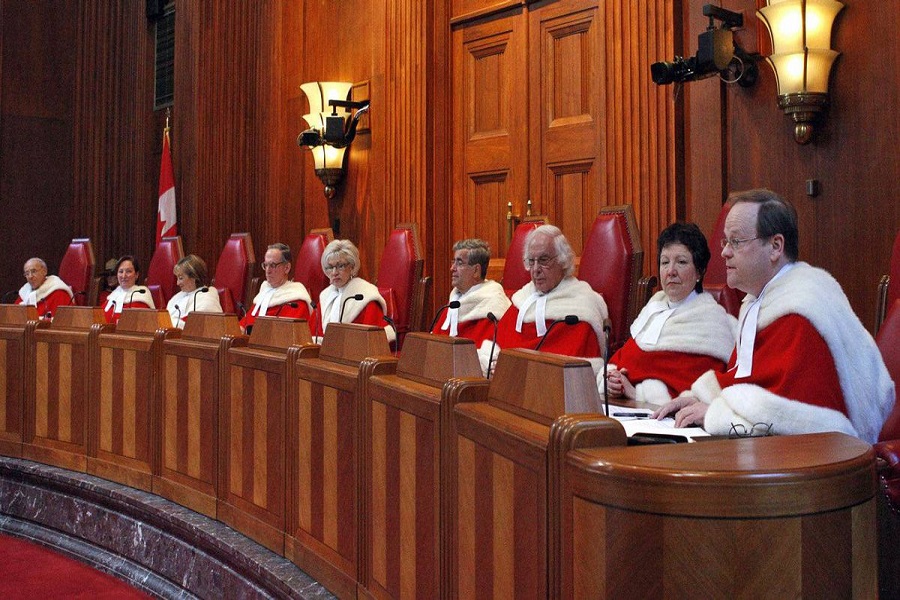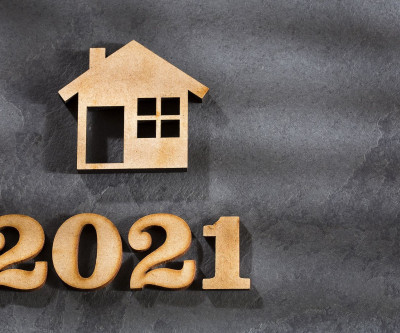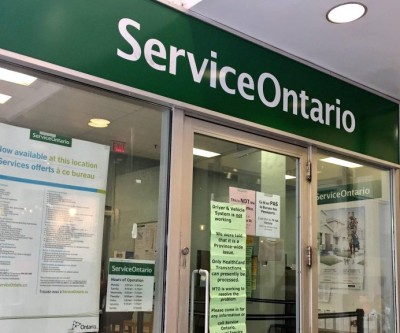Latest News
- Uber driver's account in Toronto suddenly deactivated; only source of income cut off after 'duplicate account' claim
- TDSB education chief fired by provincial supervisor; sweeping changes at Canada's largest education board
- 34 members of the "44" gang arrested in massive Durham police operation; millions of dollars in drugs and weapons seized
- Waterloo artist turns Ontario winter into art with backyard snow sculptures
- Third suspect arrested in connection with four murders in Carry the Kettle Nakoda community
Latest Ads
-
Jasmine Jewel
Call
-
Omidan group
Call
-
Amir Madanpour
Call
-
Dimo studio
Call
-
Yorkacademy
Call
-
Maryambagheri
Call
-
Shishlix Restaurant
Call

Table of Contents
Law in Canada
Canada is a federal country, and its laws are divided into two forms: federal laws and provincial laws. Federal laws are formulated by the federal government of Canada and apply to the entire country, while provincial laws are formulated by provincial governments and apply to each province. Additionally, Canada is a law-based country, and all individuals must comply with the laws. Canadian laws are applied in various areas such as personal rights and obligations, employment and labor, immigration, crime, and more. As a citizen or immigrant in Canada, you must be familiar with and adhere to the laws. If you encounter any legal issues for any reason, it is advisable to consult with a lawyer or legal advisor in Canada.
The Judicial Structure of Canada
The judicial structure of Canada consists of three main levels: federal level, provincial level, and local level.
Federal Level:
At the federal level, the federal government of Canada is responsible for determining federal laws and enforcing them across the country. Federal laws are applied in areas such as international trade, immigration, human rights, national defense, and more. At the federal level, the federal government also has its own judicial system, which starts from the Supreme Court of Canada and extends to the Federal Court of Appeal.

Provincial Level:
At the provincial level, each province is responsible for determining provincial laws and enforcing them within that province. Provincial laws are applied in areas such as education, healthcare, transportation, housing, and more. In each province, there is a provincial judicial system that starts from the Provincial Superior Court and extends to the Provincial Court.
Local Level:
At the local level, municipalities and regional councils are responsible for determining local laws and enforcing them in their respective areas. Local laws are applied in areas such as environmental policies, construction, traffic regulations, and more.
The federal and provincial levels have superior courts, appellate courts, criminal courts, and more, which operate from lower to higher levels. Generally, the judicial structure of Canada is complex, and it is better to familiarize yourself with the laws and its structure to understand it. If you need assistance and advice regarding legal matters, it is advisable to consult with a lawyer or legal advisor.
Supreme Court of Canada
Established in 1875, the Supreme Court of Canada is the highest judicial authority in Canada, and its role is to hear appeals from other courts. It serves as a higher court than federal, provincial, and territorial courts and has the responsibility of harmonizing Canada's judicial system. The court is administered by Parliament and consists of the Federal Court and Provincial Court, along with specialized courts. The Supreme Court has one Chief Justice and eight judges (three from Quebec, three from Ontario, two from Western Canada, and one from the Atlantic region) who are appointed by the federal cabinet. Legal cases that have significant societal impact and are authorized by other recognized courts are appealed to this court. Additionally, the Supreme Court can review legal matters related to constitutional law and provide opinions to the federal or provincial cabinet.
Federal Court Laws
This court was established in 1875 and its current court replaced it in 1970. The main headquarters of this court is located in Ottawa and consists of the Appellate Division and the Trial Division. It has the authority to review decisions of federal boards, commissions, and specialized courts. Tax disputes, commercial matters, patent registrations, maritime and aviation issues, extradition requests, and appeals fall under the jurisdiction of this court. The Appellate Division of this court is responsible for reviewing decisions of tribunals, offices, and federal representation.
Provincial Court Laws
In 1867, the provinces joined together to form the United Canada, and each province established its own judicial system. The province of Quebec has two levels of courts, while other provinces have three levels.
Local courts in Canada
These courts are managed by district court judges, and their duty is to handle minor offenses and low-priority claims. These courts are limited in terms of case subjects, the monetary value of claims, and geographical location. In these courts, judges sometimes take on the role of adjudicating formal and informal disputes before going to court. Among their other responsibilities are determining the level of punishment, the necessary time, the amount of bail, and obtaining information.
Indigenous courts
This type of court exists mainly in the northern regions of Canada, where there is a high population of Indigenous people. In these courts, judges, police officers, social workers, and government officials who are Indigenous issue judgments according to the age of Indigenous individuals. Judgments can include fines, social services, counseling, and treatment.
This article continues.
Suggested Content
Latest Blog
Login first to rate.
Express your opinion
Login first to submit a comment.
No comments yet.


































